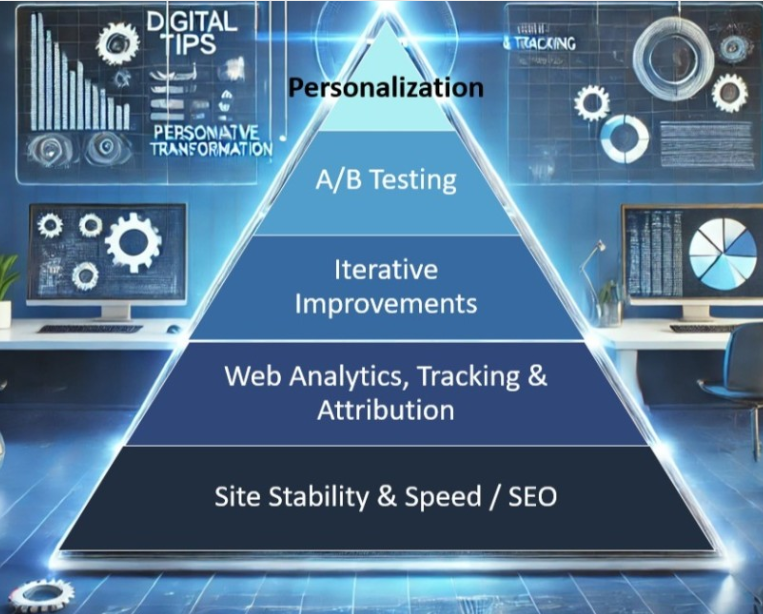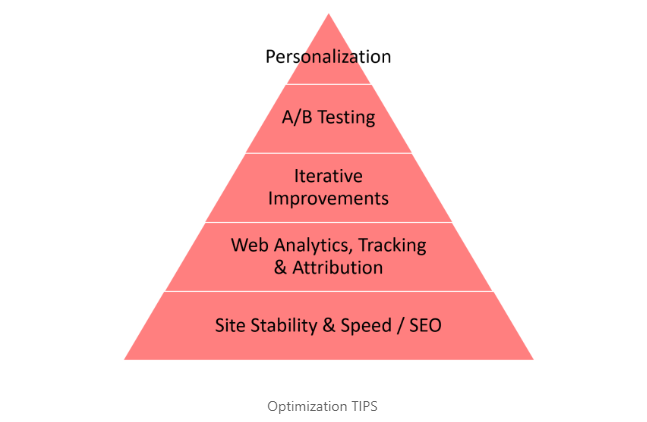
Building an Optimization Program: From Quick Wins to Scalable Impact
May 4, 2025
John Stewart
Optimization is often seen as a luxury—something companies get to "when there's time." But in reality, an effective optimization program is a growth engine that continuously improves user experience, conversion rates, and overall business performance. This should also be a pivotal part of any Product Management role where you are responsible for consumer engagement, lead capture and conversion.
Starting at Lowes.com, my 16 years of digital experience and the last 12 years leading optimization initiatives in eCommerce, hospitality, and mortgage technology, I’ve seen firsthand how companies can evolve from one-off testing to a full-fledged experimentation culture.
This blog will cover Optimization TIPS - Fundamentials every company should focus on...
A successful optimization program relies on four fundamental pillars:
💡 Pro Tip: Avoid vanity tests. Focus on optimizations that impact revenue, engagement, or conversion rates—not just minor UI tweaks.
💡 Pro Tip: Build a test backlog to ensure there’s always an experiment ready to go once a test concludes.
💡 Pro Tip: A personalized homepage, search experience, or checkout process can dramatically improve engagement and conversion rates.
💡 Pro Tip: If a test negatively impacts load time, consider balancing new features with performance enhancements.
The order of what you focus on is also vital. It is important to understand the Hierarchy of Optimization TIPS (show below). Without a stable, fast site or an established web analytics program in place with high level of confidence, you can't effectively improve and test the site. The ultimate need to reach the self-actualization equivalency where the only place to drive meaningful growth is personalizing for the one vs. optimizing for all.

Optimization isn’t just a project—it’s a mindset. The companies that win are the ones that test, learn, and improve continuously. Next week we will review Scaling the Program – How to build a high-velocity optimization framework.